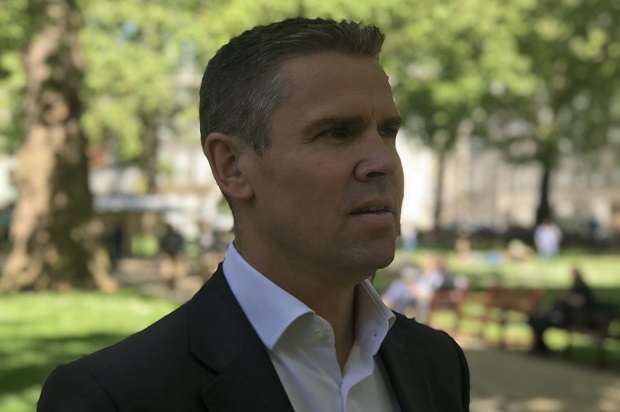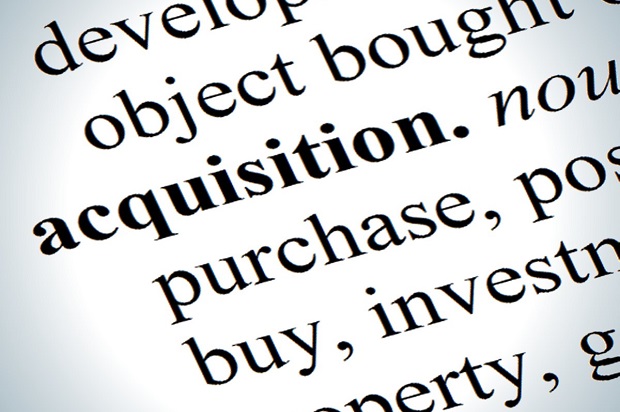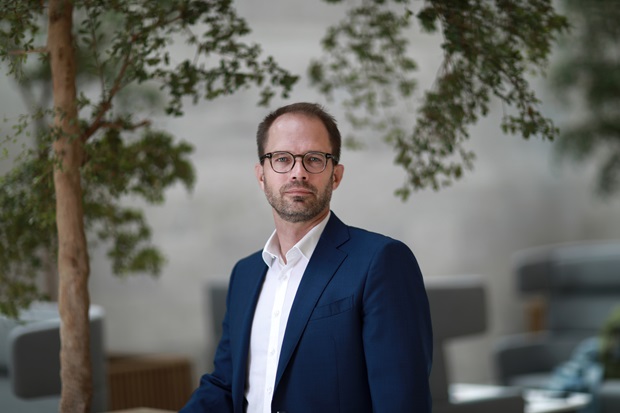
My take on the Nordics - Mark Østergaard
Mark Østergaard, managing director and the head of Nordics at Neuberger Berman has had a busy year managing operations through the pandemic. FBNW spoke with him about the main trends among Nordic investors at the moment and the latest big news from the firm that come in the form of a new hire.
Mark Østergaard has a long career spanning for over two decades with Nordic investors of which almost half has been at Neuberger Berman. Prior to joining the firm, he worked at Gottex Fund Management for nearly four years as a managing director where he was responsible for developing client relationships in Scandinavia. He has also worked at HSH Northbank where he was directly responsible for institutional clients.
What are the most notable news at the company?
We recently hired a Global Sustainable Equity team from NN where they managed USD 9 billion (EUR 7.7 billion). This team follows in the footsteps of our EMD team who joined us in 2013; when we recruited 19 investment professionals from NN (then ING) and have grown AUM from zero to current USD 30 billion. The new team has been an early practitioner of ESG investing and brings deep expertise incorporating ESG risk factors into their investment approach, which is increasingly becoming a key requirement for many clients and a competitive differentiator.
What are you plans for the Nordic region going forward?
Expanding our local presence is very important to us and our clients, and I’m happy to tell you that we’ve hired a very experienced senior client coverage team member to be based in our Stockholm office which opened at the start of last year. Senait Asgede joins us from Schroders where she spent six years as a senior client director focused on the Nordic institutional market. Before that she held roles at Credit Suisse AM and Aviva Investors covering a range of products including alternatives and long only solutions. She will focus on the Finnish and Swedish institutional market and will work closely with me and the Nordic team to manage our existing relationships, expand our strategic engagement and grow our footprint.
What do you see as some of the main trends among Nordic investors and how are you looking to serve that need?
Clients continue to explore private market opportunities both within equity and credit allocations of their portfolios, while putting emphasis on finding solutions that can be distributed to non-professional investors. We boosted our private markets push by launching an ELTIF that bridged the gap in accessibility between institutional and retail investors. Partnering with banks in the region, the product we launched this year targets private equity returns by co-investing with leading private equity firms and crucially investing globally, so not just Europe. What resonated with clients were the lower minimum tickets, multiple currencies, accelerated deployment, shorter duration, lower investment time horizon, and ease of the subscription process.
Which are the best and worst parts of working with Nordic investors?
Investors value the partnership approach that we prioritise in all our relationships - whether it is on developing a strategy that we launch in SMA or UCITS, on fees or the attention we place on reporting during an investment period with the same interest as before investment.
Nordic investors are very popular, not only among local asset managers but globally, and our clients talk constantly about the difficulty they have in responding to all the incoming requests. We sympathise with that as it can be a fine line between asset managers being helpful and annoying. The responsibility for us is to strike that right balance and decide on the right product, at the right time, to bring to the region – we hope we get that right more often than not.
How have you kept relations going with Nordic investors during the pandemic?
We were probably no different to any other manager in our immediate response to existing investors. We prepared thoughtful and timely information on all our strategies that was easily accessible, and my team was on the phone regularly with clients. But throughout 2019 we told clients we were expecting a shock to the financial system - we didn’t know what it would look like, but we knew it would come and it wasn’t Brexit as valuations were already priced in. When Covid-19 shattered markets, our distressed debt strategy, for which we raised assets in October 2019, came into focus. Our clients were well informed about the opportunities during the volatility and trusted in us to deploy capital fast – “hit it now, and hit it hard”.
What is the most difficult sell in the Nordics at the moment?
We push back on our managers who want to sell a product on leverage in the region. It does not make sense when the investor can finance the leverage cheaper than what the manager can do with their own product.
Going forward, what do you believe Nordic investors should consider or do to a greater extent?
Right now, we are spending a lot of time trying to get our clients better access to private markets by providing them with GP-like economics. Whether that be in capturing a share of management fees on our managed collateralized loan obligations, access to contractually locked-in management fees via the minority stakes strategy we have been in the market with, or more broadly, co-investment opportunities alongside our private equity fund investment thus lowering the overall fee.
What do you see as some of the key ESG challenges at the moment among Nordic investors?
Investors moving beyond the importance of quantitative ESG scores, which are typically historical data. For some of our strategies, such as the equity team I mentioned earlier, quantitative ESG scoring does not fit well with our focus. Historical data series can tell us a little about “ESG momentum” by showing how certain metrics have improved over time. But they offer no insight into a company’s sustainability action plans, let alone the credibility of those plans. They tell us nothing about the likelihood of changes in regulation or consumer attitudes, which could alter a company’s material exposure to certain ESG risks and opportunities. For us, low current ESG risk is a plus, but high forward-looking ESG momentum is more significant: we see the most attractive opportunities to generate alpha in companies’ active efforts to manage their existing and potential ESG exposures. This is why we believe top-down ESG scores are no substitute for bottom-up analysis and the proprietary insights that come from company dialogue and engagement.
What do you enjoy doing outside office hours?
I prefer to spend time with family and friends as much as possible – it’s important to have the right work/life balance these days.



